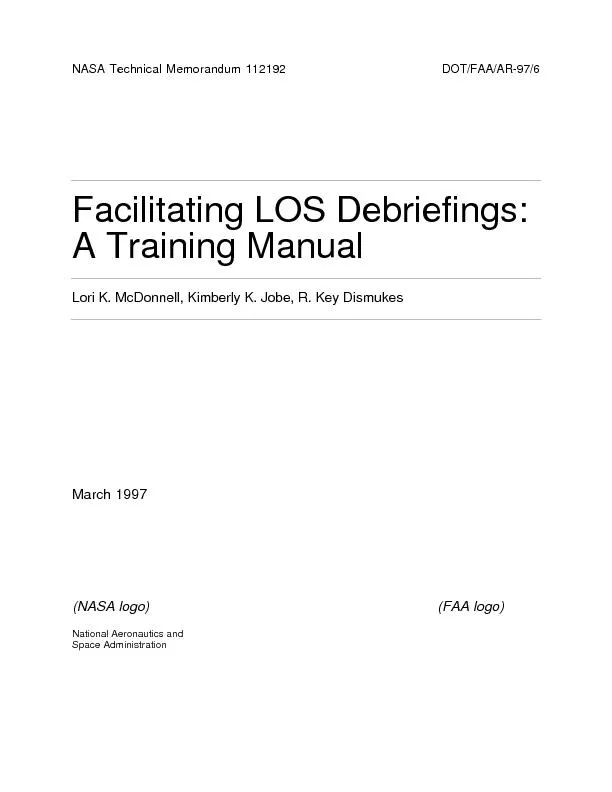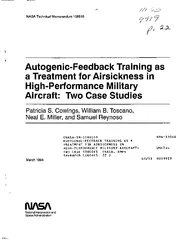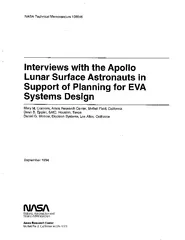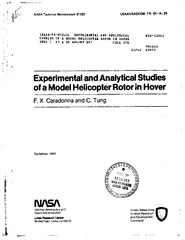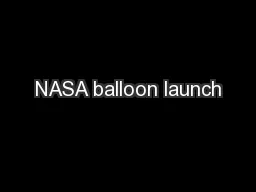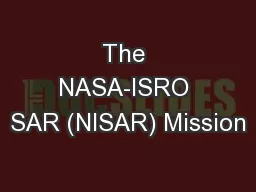PDF-NASA Technical Memorandum 112192DO
Author : danika-pritchard | Published Date : 2016-06-03
A Training Manual Lori K McDonnell Kimberly K Jobe R Key Dismukes NASA logoFAA logo NASA Technical Memorandum 112192DO A Training Manual San Jose State University
Presentation Embed Code
Download Presentation
Download Presentation The PPT/PDF document "NASA Technical Memorandum 112192DO" is the property of its rightful owner. Permission is granted to download and print the materials on this website for personal, non-commercial use only, and to display it on your personal computer provided you do not modify the materials and that you retain all copyright notices contained in the materials. By downloading content from our website, you accept the terms of this agreement.
NASA Technical Memorandum 112192DO: Transcript
Download Rules Of Document
"NASA Technical Memorandum 112192DO"The content belongs to its owner. You may download and print it for personal use, without modification, and keep all copyright notices. By downloading, you agree to these terms.
Related Documents

